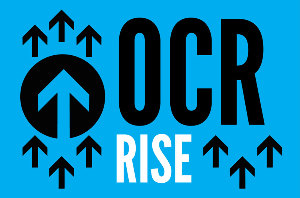
The Monetary Policy Committee today increased the Official Cash Rate (OCR) to 1 percent. The Committee also agreed to commence the gradual reduction of the Reserve Bank’s bond holdings under the Large Scale Asset Purchase (LSAP) programme - through both bond maturities and managed sales.
The Committee agreed it remains appropriate to continue reducing monetary stimulus so as to maintain price stability and support maximum sustainable employment.
The level of global economic activity is generating rising inflation pressures, exacerbated by ongoing supply disruptions. The pace of global economic growth has slowed however, due to the general elevated uncertainty created by the persistent impacts of COVID-19, and clear signals that monetary conditions will tighten over the course of 2022.
In New Zealand, underlying economic strength remains in the economy, supported by aggregate household and business balance sheet strength, fiscal policy support, and continued strong export returns. However, some short-term economic disruption is expected given the current growing COVID-19 health challenge. The high vaccination rates across New Zealand will assist significantly to reduce this disruption.
Economic capacity pressures have continued to tighten. Employment is now above its maximum sustainable level, with a broad range of economic indicators highlighting that the New Zealand economy continues to perform above its current potential.
Headline CPI inflation is well above the Reserve Bank’s target range, but will return towards the 2 percent midpoint over coming years. The near-term rise in inflation is accentuated by higher oil prices, rising transport costs, and the impact of supply shortfalls. These immediate relative price movements risk generating more generalised price rises, especially given the current domestic capacity constraints.
The Committee agreed that further removal of monetary policy stimulus is expected over time given the medium-term outlook for growth and employment, and the upside risks to inflation.




